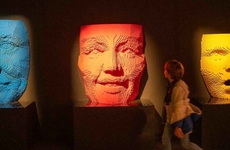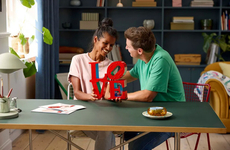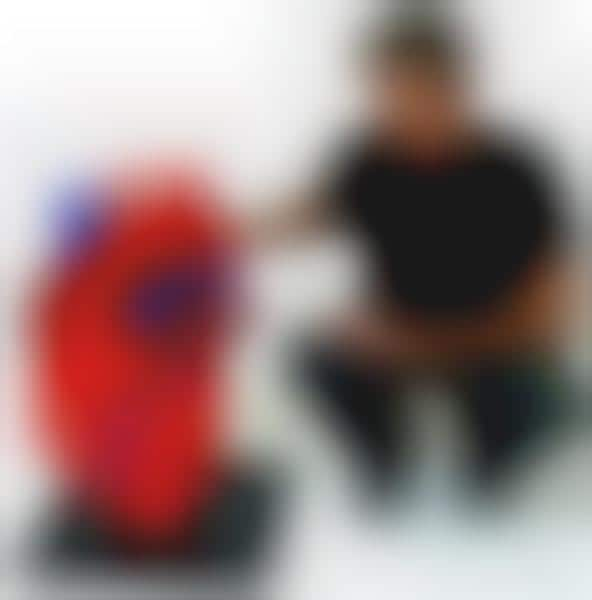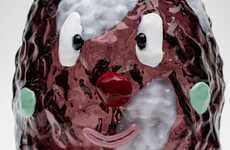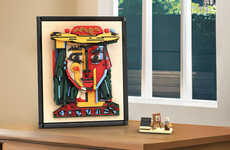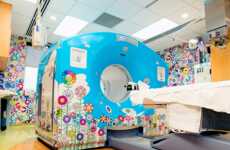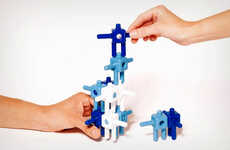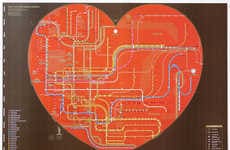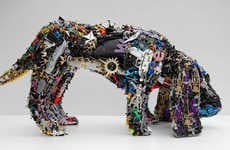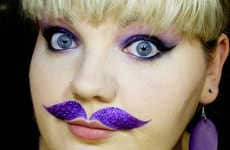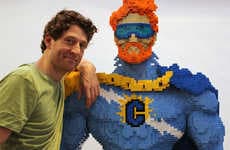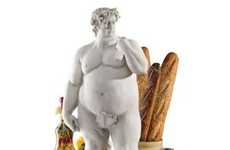
Nathan Sawaya Heart of Brick Helps Doctors Talk to Young Patients
Matt Ho — June 11, 2011 — Life-Stages
References: brickartist & juxtapoz
This giant organ is the Nathan Sawaya Heart of Brick sculpture, the latest piece from an artist who has done many impressive sculptures in the past.
The Nathan Sawaya Heart of Brick piece adds to Sawaya's impressive portfolio of LEGO sculptures. This time, he's made the model for goodwill: he's donated it to Rady Children’s Hospital in San Diego. The idea was to help doctors talk to young patients about their hearts in a playful manner to which kids can relate. The model took over 100 hours to create and weighs in at 35 pounds.
The Heart of Brick sculpture is a fantastic way to educate kids about their heart without exposing them to the grittiness of the real thing. Nathan Sawaya has once again impressed with an detailed model that serves the greater good.
The Nathan Sawaya Heart of Brick piece adds to Sawaya's impressive portfolio of LEGO sculptures. This time, he's made the model for goodwill: he's donated it to Rady Children’s Hospital in San Diego. The idea was to help doctors talk to young patients about their hearts in a playful manner to which kids can relate. The model took over 100 hours to create and weighs in at 35 pounds.
The Heart of Brick sculpture is a fantastic way to educate kids about their heart without exposing them to the grittiness of the real thing. Nathan Sawaya has once again impressed with an detailed model that serves the greater good.
Trend Themes
1. Anatomical Education Sculptures - Creating anatomical sculptures using playful materials can help doctors communicate complex medical concepts to young patients in a relatable way.
2. Interactive Medical Art - Using interactive sculptures as educational tools in hospitals can enhance patient experience and understanding of their own health.
3. Collaborative Art in Healthcare - Collaborating with artists to create unique sculptures for healthcare settings can bring positivity and creativity into the healing environment.
Industry Implications
1. Healthcare - Hospitals and healthcare facilities can adopt these anatomical sculptures to improve patient education and engagement.
2. Education - Educational institutions can explore the use of interactive medical art to enhance learning experiences for students studying anatomy and medicine.
3. Art and Design - Artists and designers can collaborate with healthcare organizations to create innovative art installations that contribute to wellness and healing.
1.3
Score
Popularity
Activity
Freshness

